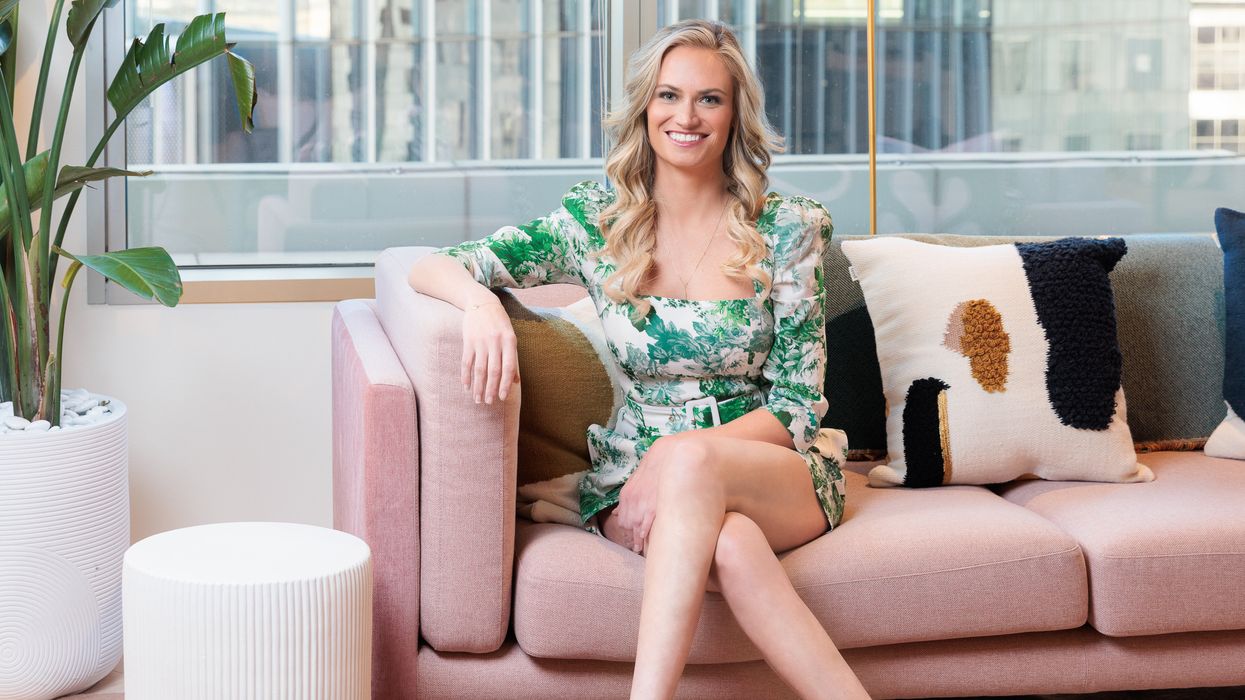“I have an affinity for memory, and exploring what that looks like,” says Marie, 37, who was born and raised in Houston, and returned to art-making after first doggedly pursuing a career path in journalism. (Interestingly, sound — not writing — is alluded to symbolically in many of Marie’s collages as a method for archiving history.)
In her third year of college, Marie took a life drawing class. Her talent was apparent, and at the urging of her instructor, she changed her major to art, only to switch back to journalism in order to graduate in a timelier fashion. After several years of teaching art, marriage, the birth of two children, and a divorce, Marie found herself at “an emotional low,” and was compelled to pick up the pencil and begin drawing again. “It was more of a distraction,” says Marie, who is wary of describing her return to art-making as therapeutic. But something stuck, and in 2019, after Marie’s mother died of cancer, she began looking for a space to exhibit her work.
“After my mom passed, I longed to deepen my relationship with and connection to my father,” says Marie. “It may be because I didn’t do that as much with my mom.”

'Beyonce had one of the best albums of all time'

'Can you help me find my dad'
The theme of communication, and how data is exchanged across time, extends from Marie’s Nigerian-born father, who appears in many of her works, including “And the beat goes on,” which was acquired by the Museum of Fine Arts, Houston for its permanent collection.
Meanwhile, a tiny portrait of Marie’s mother, a white woman, can be seen in the For the record collage, “Is this how you treat your house guest?” — a lush, gaudy assemblage of fat pillows, oriental and animal print rugs and carpets, and a child’s teddy bear. Two people share this strange, sensuous space: a young man in loose clothing, laid back and looking very chill; and a woman in high-heeled boots and a leather bustier sitting bolt upright on a golden divan, her face obscured like a figure from Max Ernst’s collage novel, La femme 100 têtes. “Is she ashamed or is she proud?” says Marie, who describes the work as an exploration of the expectations of womanhood, and the battle between what is socially acceptable, and what is expected.
For Marie, the demands of being a mom have helped her become “very intentional” with her time, although she is not immune to the relative quiet of an early morning, or the melancholy vibe of a rainy day when it comes to making her time-intensive art. “I’m very temperamental when it comes to working,” says Marie. “When I’m inspired I have to jump on that, and honor that energy that pulls me into that moment.”
From Your Site Articles
Related Articles Around the Web





















